There are no obvious landmarks to indicate the presence of the indigenous people who spent time on St. John during the centuries before colonialism.
But Ken Wild, an archaeologist with the Virgin Islands National Park, can point to sites throughout the island that are rich in artifacts from people dating back to 840 B.C., right up to the period before contact with Europeans.
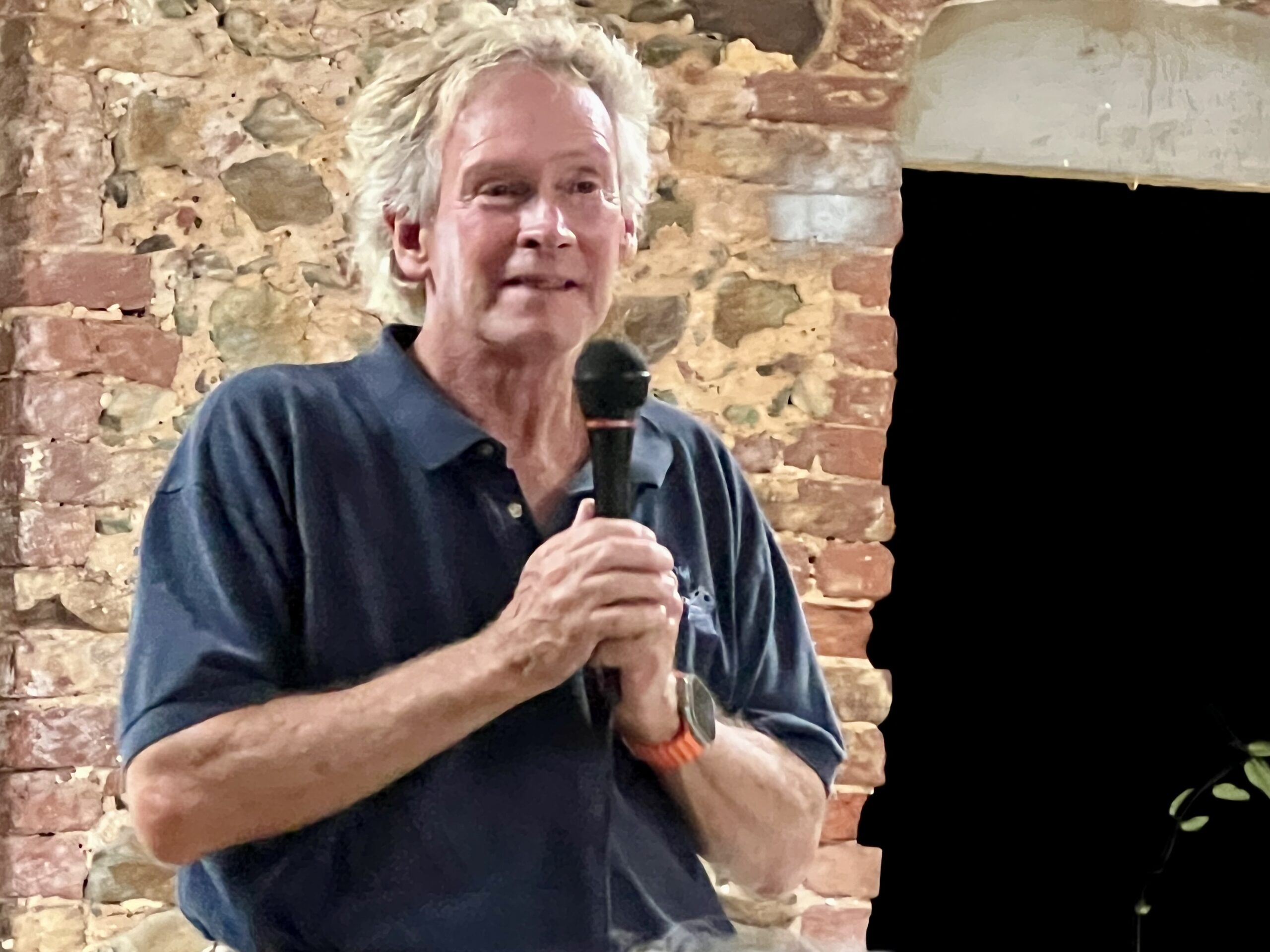
Wild has identified numerous places where indigenous people left their marks, from an ancient site on the south side of the island to a ceremonial gathering spot among the hills along Centerline Road, to multiple locations along St. John’s north shore.
At a meeting of the St. John Historical Society on Oct. 24, Wild was excited to announce that the array of artifacts found on St. John from various time periods can be used to establish a continuous timeline showing the presence of indigenous people.
Why is this so important?
Collectors and museum curators may not know the origins of the objects under their care, Wild said. Often, an ancient piece of pottery or a stone tool is found and then passed along until it is acquired and displayed by an individual or institution.
However, the artifacts found on St. John within the Virgin Islands National Park have been unearthed using standardized methods of archaeology, and their age can be determined by a variety of techniques, including radiocarbon dating. Now, researchers throughout the Caribbean can more accurately date objects by comparing the features of their artifacts to those found on St. John.
Wild is especially fascinated with the progression of the designs found on objects at Cinnamon Bay from around 400 to 800 A.D. and at Trunk Bay from around 900 to 1000 A.D. “Using the iconography on the artifacts from Cinnamon and Trunk, we can see the shift from a simple chieftainship to Classic Taino culture that spread across the Greater Antilles,” Wild said.
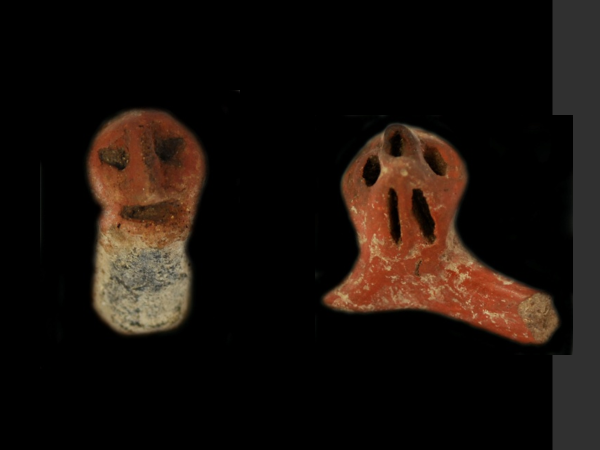
During his Historical Society presentation, Wild showed slides of objects found at Cinnamon and Trunk. Some of the artifacts have simple faces with open mouths; later ones have faces with what appear to be bat noses, suggesting human contact with the spirit world through animals, according to Wild.
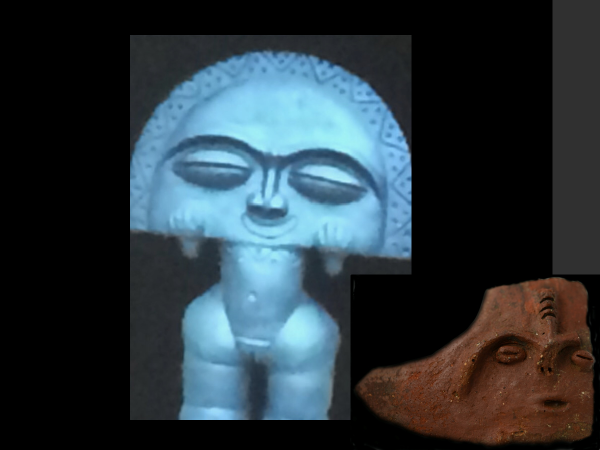
The most recent objects depict faces with elaborate headdresses, an indication of the rising importance of chiefs, known as “caciques” (also spelled “kasikes,”) and of shamans, also known as priests.
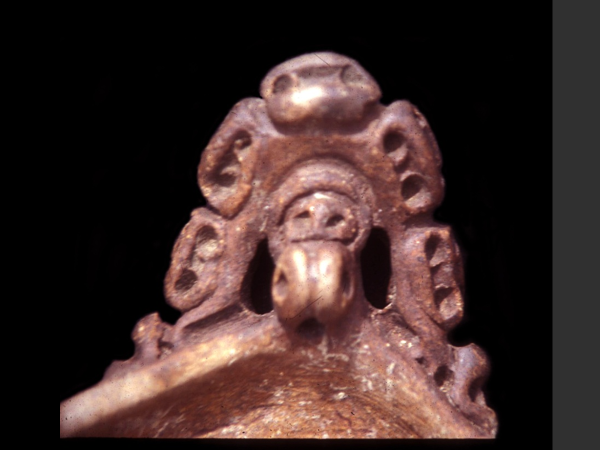
By far, the oldest known indigenous site on St. John is at Lameshur Bay. As a young archaeologist working out of the National Park Service’s archaeology facility in Tallahassee in 1987, Wild was on the scene when a series of charcoal pits were found next to collections of empty whelk shells.
Carbon dating revealed the site went back as far as 840 B.C. “We didn’t realize the site was so old until we got the results of the radiocarbon dating,” said Wild. “It shows the presence of people we call ‘archaic’ who harvested whelk and cooked it there on the spot on charcoal without pottery.” There are no signs of their dwellings at Lameshur. “These people probably came and then left,” Wild concluded.
The shells and charcoal found at Lameshur are similar to what was found at Krum Bay on St. Thomas at a site dating back to the year 1000 B.C.
Wild said there doesn’t seem to be DNA evidence of a connection between the pre-ceramic people and the Saladoid people who left pottery and other artifacts at sites in downtown St. Thomas and Cinnamon Bay on St. John from around 100 to 300 A.D. It is believed that Saladoid culture eventually evolved into Classic Taino culture, which thrived several hundred years later.
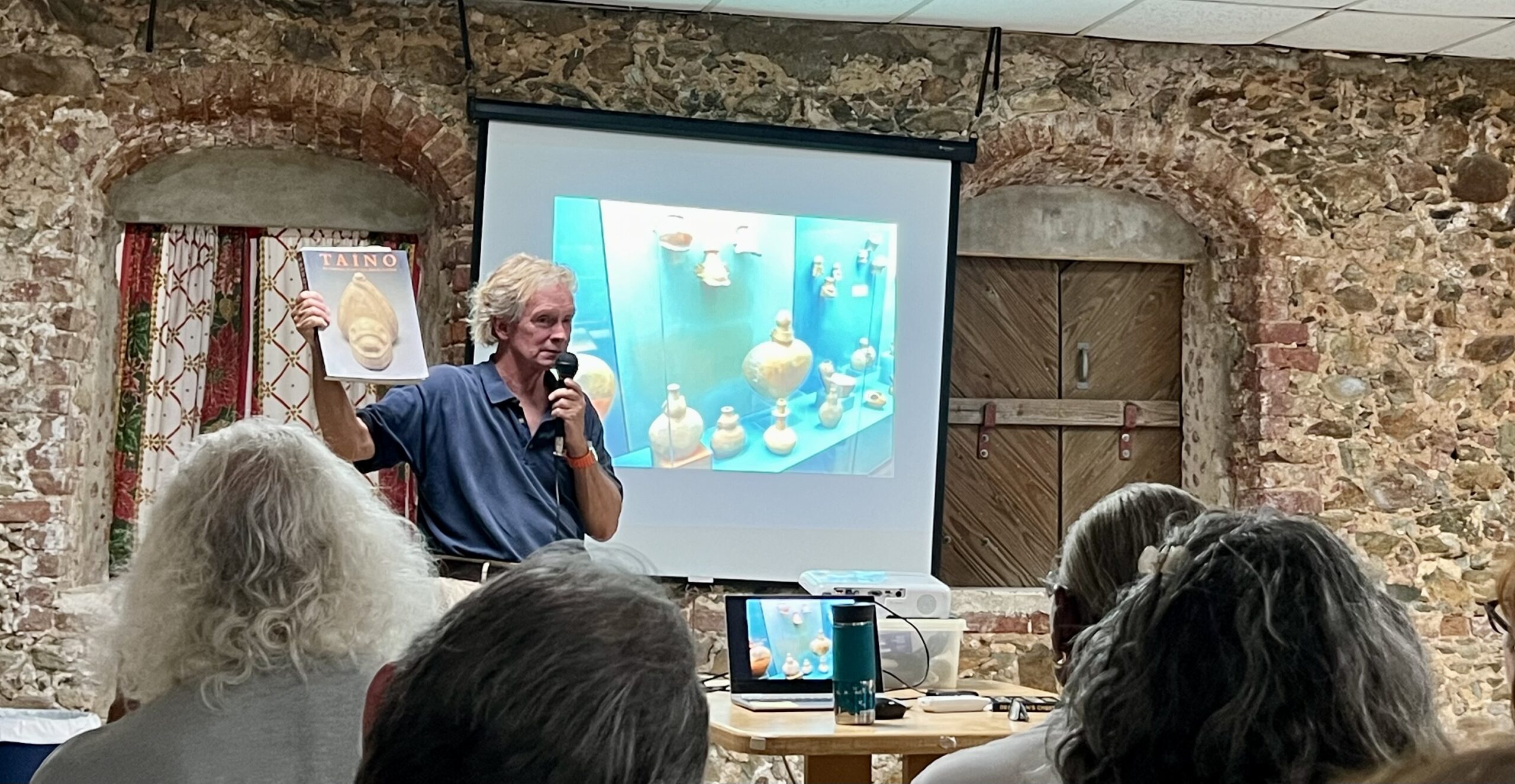
Cinnamon Bay includes sites from various time periods. In 2020, contractors building guest cottages at Cinnamon Bay Campground found an extensive indigenous site with artifacts dating from 400 to 800 A.D. Construction was halted for more than a year while the site was documented and artifacts preserved.
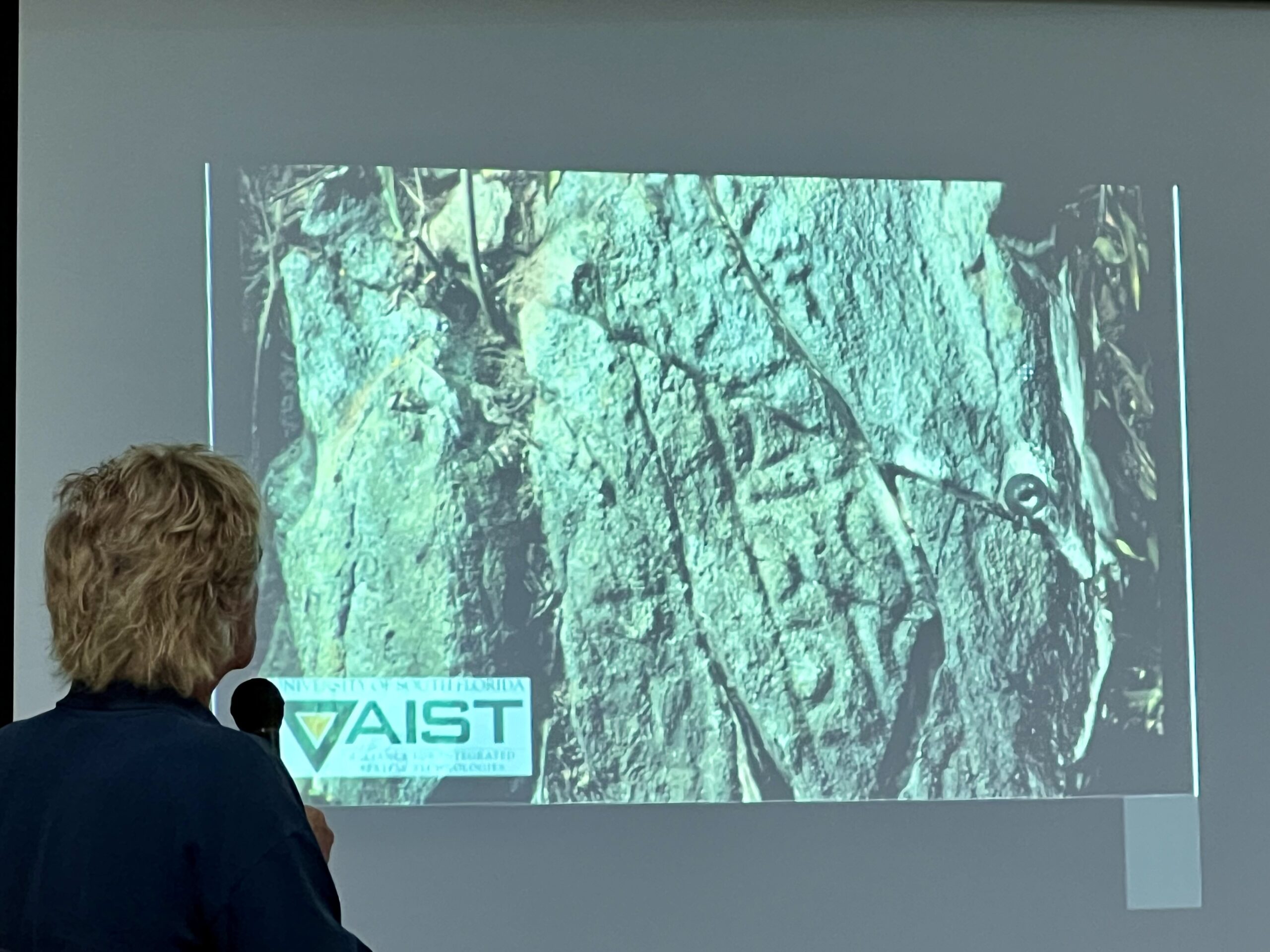
Many of these objects are now being stored at the NPS Southeast Regional Facility in Tallahassee, according to Wild. Other objects found elsewhere are being stored on St. John.
The park’s previous archaeology facility — the old Danish Warehouse at Cinnamon Bay — was destroyed by Hurricane Irma in 2017. Fortunately, all of the artifacts had been removed prior to the storm. The warehouse, thought to be the oldest colonial structure on St. John, was built near an indigenous ceremonial site along the beach that Wild said existed from 1000 to 1450 A.D.
Wild is looking forward to the opening of the park’s new Resource Management and Science Complex on Lind Point, which is now reaching its final phase of construction. The complex includes an archaeology lab, a classroom, and a small display area.
Scott Simmons, deputy superintendent of the Virgin Islands National Park, said the park hopes to begin moving into the new facility at Lind Point in January, with a public ribbon-cutting planned for late February.
NOTE: Ken Wild’s interest in archaeology goes beyond indigenous people. He has also written a chapter in a new book about pirates called Dead Man’s Chest, published by the University Press of Florida.
In addition to being available online, the book will soon be sold at Bookstore 340 in Crown Bay Center on St. Thomas and at Pirate’s Cove in Coral Bay on St. John.
“I’m going to write a whole lot more about pirates. I’ve found evidence of their presence on the landscape on St. John, but I’m not going to say where,” Wild told the audience at the Historical Society meeting.





